|
by Tyler Smith 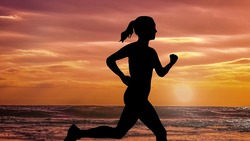 As the weather warms up and the sun stays out longer, the outdoors are a perfect place to get some exercise in! Whether you want to improve your cardiovascular endurance, hang out with friends, or just have some fun, there are so many fun and exciting ways to stay active outdoors. Science says exercising outdoors can significantly improve your mood! Go for a WalkWalking is a great activity that can be enjoyed pretty much everywhere! There are so many beautiful places to explore like the beach, local parks, or downtown. The combination of the warm weather and the fresh air helps make walking easy and enjoyable. Walking can help prevent or manage high blood pressure, heart disease, and type 2 diabetes. Another benefit of walking is the social aspect. It provides an easy way to catch up with your friends while improving your health!
1 Comment
In April, Ageless Fitness and Program Director Julie Pollard were featured on the first episode of Caring Companions of Santa Barbara's podcast. The podcast titled, "The Silver Tsunami," provides seniors, and their loved ones, with resources that will enrich their lives and help to empower them to be more active, more involved in the community, and more fulfilled.
|
Get MovingCardiovascular Exercise The American Heart Association (AHA) recommends at least 150 minutes of cardiovascular exercise per week. That means 30-minutes per day Monday through Friday. There's even more benefit if you incorporate up to 300 minutes per week. |
Three keys to maintaining your resolutions as the year begins
As another year begins, we see it as a fresh start. The new year is a time to reflect on the past year and set new goals for the upcoming 12 months. The most common goals often have something to with health, food, and fitness. Most of us start out the year enthusiastically, often applying our big goals for the year right away. You may be familiar with that "New Year Rush" most gyms experience, or how the produce section of the grocery store almost always feels packed during the first week of the year.
In 2013, Forbes Magazine published that only 8% of people achieve their resolutions. Here's a few tips on how you can be part of that 8%.
In 2013, Forbes Magazine published that only 8% of people achieve their resolutions. Here's a few tips on how you can be part of that 8%.
Ageless Fitness is all about you.
What to expect:
Our exercise programs are specialized, meaning we take the time to learn about you, your goals, and your needs. Our in-depth consultations include 2 parts, often split into two visits:
After the second part of the consultation, your trainer will review your information and design a program specifically for you. No two plans are the same.
- Part 1: A sit-down visit with our trainer and an overview of health history, goals, and a tour of our facility.
- Part 2: Movement analysis, exercise testing, and basic measurements like weight, height, resting pulse and blood pressure
After the second part of the consultation, your trainer will review your information and design a program specifically for you. No two plans are the same.
No pain, only gains.
Why you need to exercise smarter, not harder
We have all heard the term, "no pain, no gain" when referring to exercise. If you aren't sweaty, exhausted, and have Jell-O legs at the end of a workout, then you didn't work hard enough, right?
Wrong.
That sore, tired, torn feeling we get in our muscles the day or days after a challenging work out is called DOMS, or delayed-onset muscle soreness. This is often where people believe they are making the most progress, physically.
True or false?
Wrong.
That sore, tired, torn feeling we get in our muscles the day or days after a challenging work out is called DOMS, or delayed-onset muscle soreness. This is often where people believe they are making the most progress, physically.
True or false?
- Soreness is due to lactic acid buildup in the muscles
- Soreness is caused by microscopic tears in the muscles
- Being sore after exercise means we are building muscles
- if you work through the sore days , you will get better results.
AuthorS
Julie is the co-founder of Ageless Fitness and director of operations.
Kyle is an exercise specialist and clinician at Ageless Fitness in Santa Barbara.
Archives
May 2023
September 2022
February 2020
January 2020
December 2019
October 2019
September 2019
August 2019
June 2019
May 2019
April 2019
February 2019
January 2019
November 2018
July 2018
May 2018
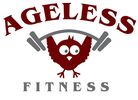
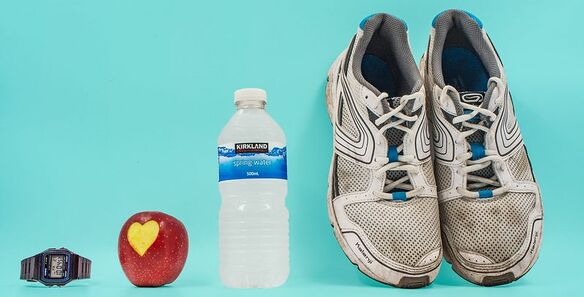

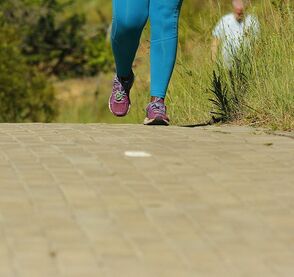
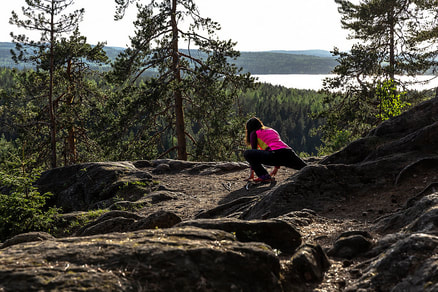
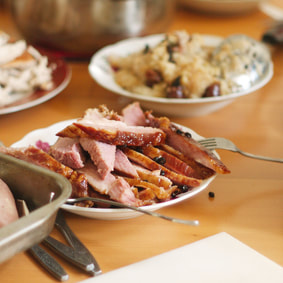
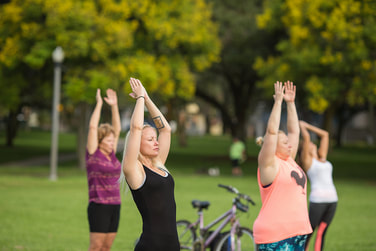
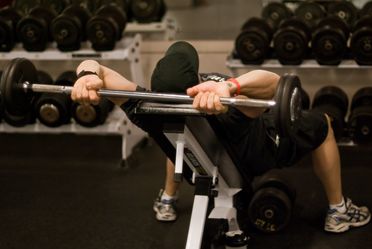
 RSS Feed
RSS Feed
